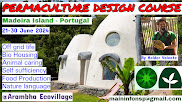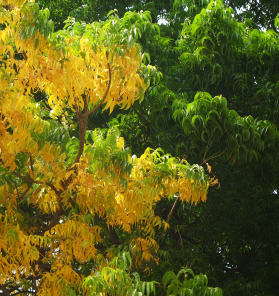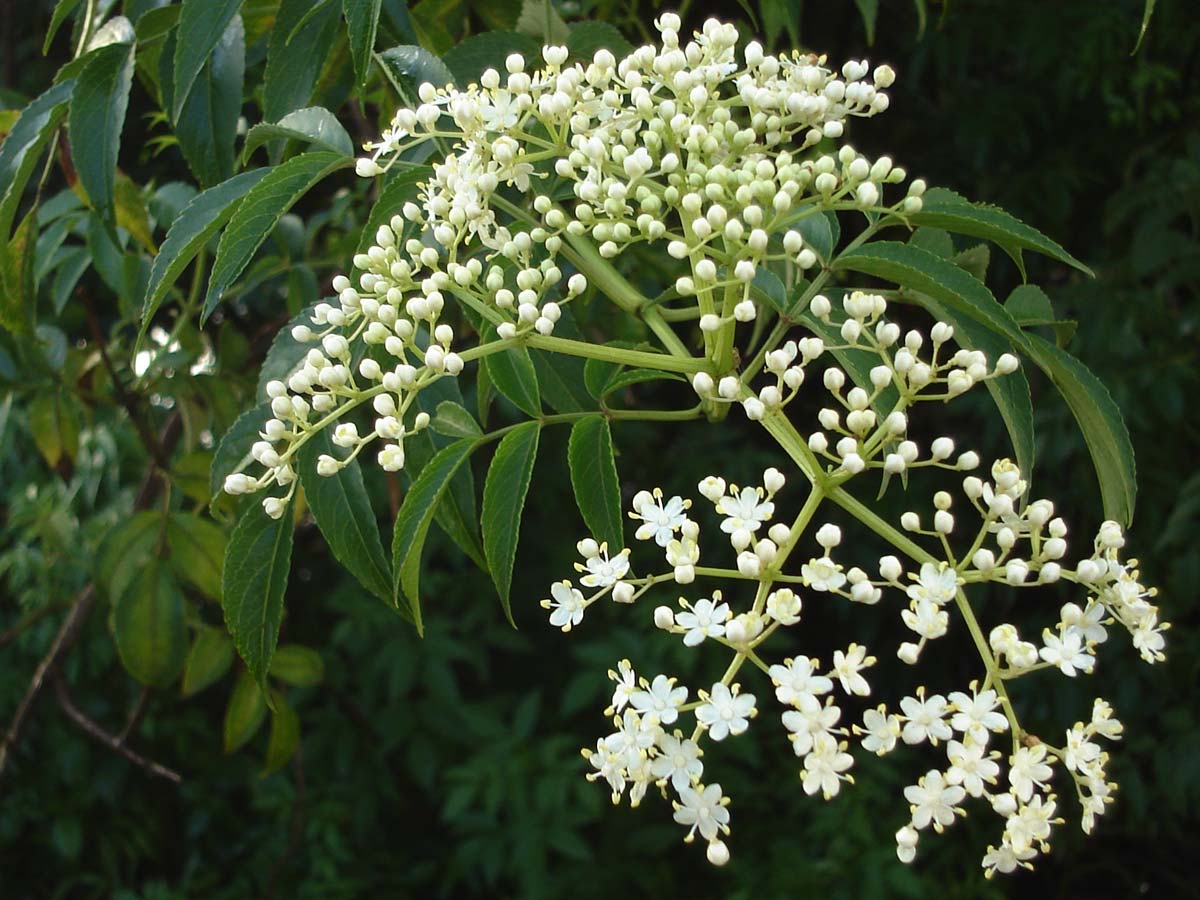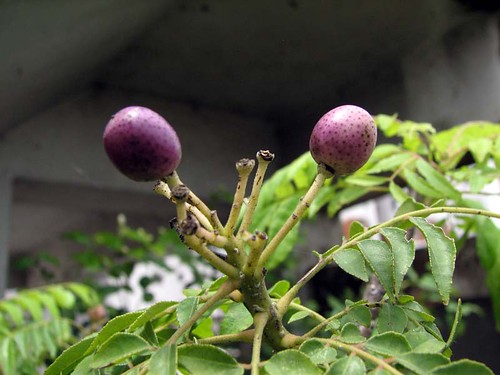O Nim - Neem (Azadirachta indica) é o nome de uma árvore da família Meliaceae e podem encontrar-se algumas por Portugal, mais para a zona centro e sul.
A única no seu gênero botânico, o seu nome científico faz referência ao país de origem, a Índia, onde é utilizada por seus habitantes há mais de 4000 anos.
As suas folhas, frutos, sementes, casca e madeira têm diversas aplicações. É usada pela medicina, na veterinária, cosmética, e também na agricultura, na produção de defensivos agrícolas, para o controle eficiente e sustentável de pragas e pulgões.
A árvore Nim (neem - Azadirachta indica) possui inúmeras propriedades medicinais, e é muito utilizada na medicina Ayurveda, uma das mais antigas do mundo.
Para a medicina Indiana, a doença deve ser tratada muito antes dela ser percebida.
Por isso, é preciso atacar pequenos desequilíbrios do corpo antes que eles se transformem em enfermidades. Esse equilíbrio na medicina indiana é conseguido com produtos organicos e naturais.
O Nim é um dos principais componentes da medicina é Ayurveda, sendo usado no tratamento e na prevenção de doenças, como a hipertensão e ainda diabetes.
A planta também é indicada no controle de colesterol, reumatismo, e enxaqueca, ajuda ainda no combate a insônia, e é usado na medicina estética para o tratamento de acne e celulites.
- Compatível com diversas formas de manejo;
- Não tem ação fitotóxica; - Não tóxico às abelhas melíferas, formigas, minhocas e joaninhas;
- Efeitos seletivos sobre os organismos-alvo;
- Provoca efeito anti-alimentício para o inseto;
- Repelência;
- Interrompe o crescimento do inseto por provocar distúrbio na ecdise (troca de pele dos insetos);
- Provoca distúrbio fatais nos insetos adultos, caso as fases jovens se alimentem de plantas tratadas;
- Diminui postura e mata os ovos dos insetos;
- Inócuo à maioria dos insetos benéficos;
- Seguro para organismos aquáticos;
- Biodegradável, não agride o meio ambiente;
- Não corrosivo não volátil e não inflamável;
- Não é tóxico para seres humanos e animais, como os produtos sintéticos.
Ou seja, os produtos de Nim (neem) não provocam a morte imediata do inseto, mas a interrupção do seu crescimento e conseqüente diminuição da população da praga, se enquadrando perfeitamente no conceito de Controle Biológico. POR ISSO É INDICADO PARA O COMBATE DE PRAGAS EM AGRICULTURAS ORGÂNICAS.
A principal substância ativa do Nim(neem) é a Azadirachtina, sendo que outros triterpenóides, geduninas, nimbin, liminóides entre outras substâncias, agem conjuntamente aumentando a ação inseticida dos extratos.
THE WONDER TREE OF THE WORLD
Neem is an evergreen tree of moderate height of 30 to 40 feet having crescent shaped toothy leaves and a large growth of white flowers. The flowers of neem smell sweet especially at night. All parts of the neem tree were used - the leaves, twigs, and oil from the nuts.
Neem also knows as Nimba in India has been labeled the wonder tree of the world. Neem is a fascinating and versatile plant and using neem has many benefits. They provide effective ingredients for traditional and modern toothpastes, medicines, cosmetics and insect repellents in South Asia. Neem leaves, its seeds, and roots can be made into various medicinal remedies for a wide range of ailments, ranging from anti-hemorrhoids and loss of appetite, to leprosy and other skin disorders.
Neem leaves to cure skin diseases such as boils, ulcers, eczema, and ring worm. Pastes and extracts from Neem trees have also proven effective in treating various skin fungus conditions, including athlete's foot and lesions in the mouth and vagina. More serious diseases such as chicken pox and small pox have been treated with Neem tree pastes; and even people suffering from herpes and hepatitis B viruses have obtained relief from neem tree preparations.
Neem tree grows in hot or tropical climate. It can take slightly above freezing temperature. Growing from seeds neem tree seems to grow really slow during its first year, after that it grows really fast that can reach about 50-100 ft. Neem can tolerate drought, requires lots of sunshine. Neem seedlings can not tolerate excessive cold.
-Anti-viral
-Anti-parasites
-Antidote for snake bites
-Natural pesticide, equally effective in repelling pests that affect plants and humans - repells about 200 pests!
-In optimal growing conditions it will grow up to ten feet per year.
-It is hardy enough to survive without natural light for months.
-Sculpturers know that neem wood is rodent-proof, termite-proof and great to work with.
-In India, Bangladesh and Pakistan neem twigs are used daily for tooth-brushing which is probably one of the earliest and one of the most effective forms of dental care.
NEEM WIKI Português
NEEM WIKI English


















